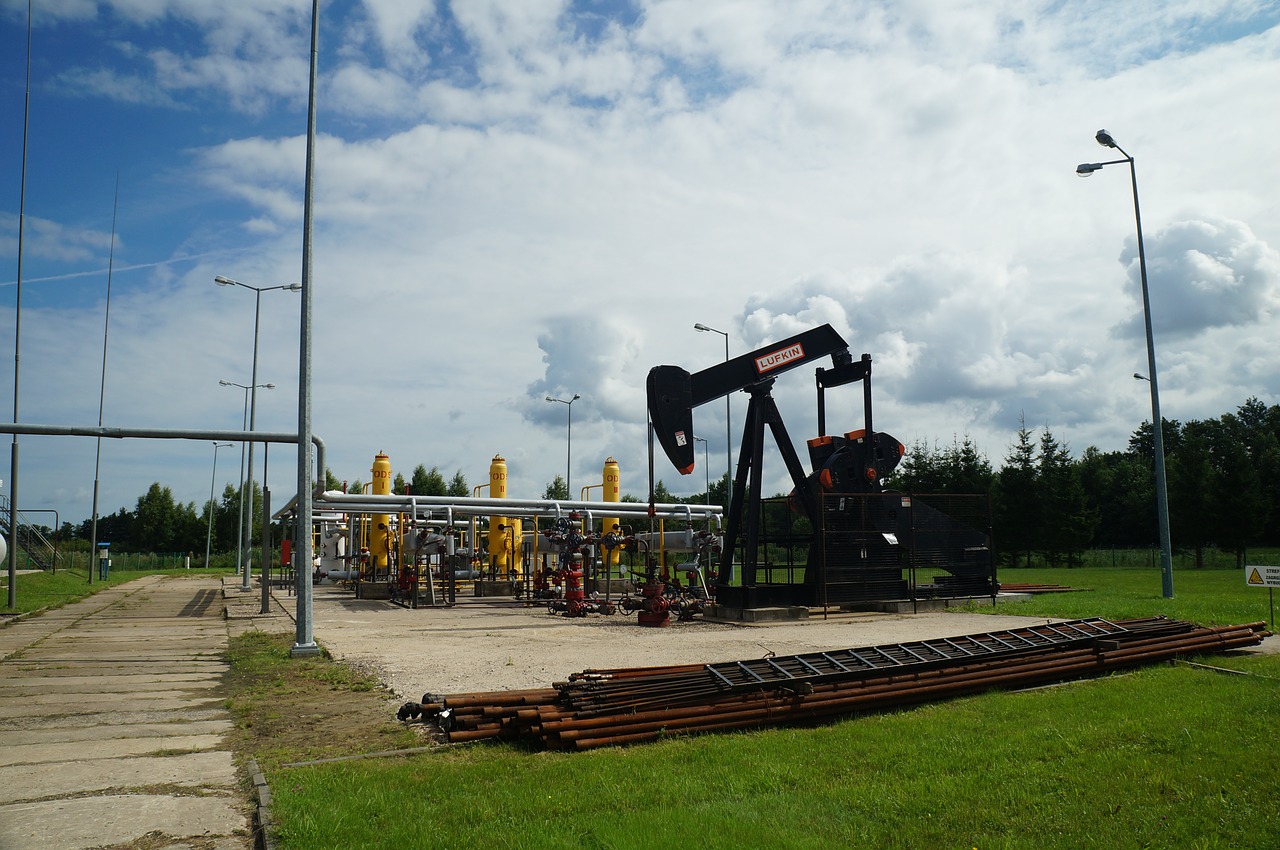The Permian Basin is one of the most prolific oil producing regions in the U.S. Located in West Texas and East New Mexico; this area spans 86,000 square miles across 52 counties. It has produced over 29 billion barrels of oil and 75 trillion cubic feet of natural gas over the past 90 years. The geology that created this important resource has some fascinating history.

Regional Differences
The geology of the Permian basin is not uniform but consists of three distinct regions. A Central Basin platform separates the Midland basin and Delaware basin. All three of these regions display differing strata characteristics. The means that oil and gas production are localized in areas across these three sub-basins.
Early History of the Basin
The story of the Permian Basin begins about 300 million years ago. The area was once situated along the western margin of Pangaea and located about 10° north of the equator. Being located along the margin, the area experienced moderate subsidence and carbonate sediment formation. During the Pennsylvanian Ouachita-Marathon Orogeny, a major continental collision event resulted in mountain and basin formation. Throughout the Pennsylvanian and Permian periods, the basin underwent a series of deposition of eroded and broken rock, carbonate from dead sea life, and evaporates consisting of organic matter from shallow evaporation fields. This resulted in the accumulation of stratified material.
The Role of Sea Levels
The greatest influence on the stratigraphy of the Permian Basin was the change in sea level throughout deposition. Most of the area was located on a shelf margin. During periods of high sea level, reefs and shoals developed along the margins resulting in carbonate deposits from sea life. During periods of lower sea levels, deposits were dominated by river deposits. These accumulated along the margins of the shelf and later transported by water into the basin. These eventually formed thick siltstone and sandstone turbidite deposits.
Recent Geology
Throughout the Mesozoic period, the region became more stable. An uplift to the west occurred during the late Tertiary causing basin and range formation. This produced an eastward dip in the pre-tertiary strata. This caused considerable erosion due to groundwater circulation and replacement of Permian evaporates.
The history of the Delaware and Midland basins different significantly. The Midland basin was the recipient of large amounts of sediments from eroded and broken rock during the Carboniferous period. This eventually formed an underwater delta system in the Midland Basin. The Delaware basin received small amounts of sediment from the low coastal plains. The Midland Basin filled long before the Delaware Basin. The Central Basin remained elevated and favored reef formation.

Texas can thank cycles of high and low sea levels that caused the marine shoreline to invade and then recede multiple times for their oil and natural gas reserves. The unique location of the land along an ancient coast caused the formation of the Permian Basin and its abundant oil resources.

